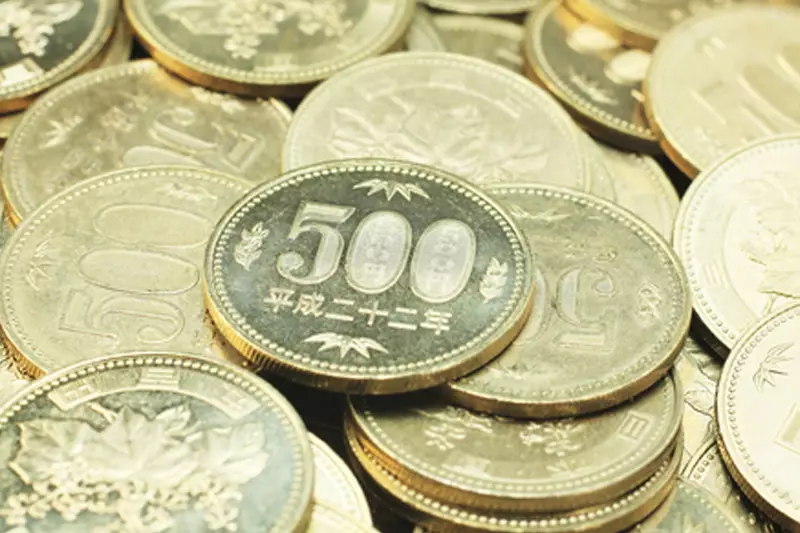The yen has been steadily decreasing in value against the dollar, with interest rate differentials playing a significant role in this trend. Despite efforts from Japanese officials to intervene in the market through suspected dollar-selling tactics, the currency has struggled to regain ground. The U.S. dollar, on the other hand, has been gaining strength, with a 0.22% increase to 154.235 yen in early Asian trading. This follows a 0.58% rally from the previous day. The Japanese Ministry of Finance has yet to confirm its involvement in the dollar selling, but currency diplomat Masato Kanda reiterated the government’s commitment to addressing disorderly movements in the yen exchange rate.
Meanwhile, the Australian dollar has maintained its position close to a two-month high against the U.S. dollar. The Reserve Bank of Australia is expected to keep interest rates steady, with traders closely monitoring Governor Michele Bullock’s stance. The Aussie edged up 0.17% to $0.6636, nearing the high of $0.6650. The RBA is projected to keep rates unchanged, with only one out of 37 economists predicting a rate hike due to persistent inflation concerns.
The wide interest rate differentials between Japan and the U.S. have made the USD/JPY pair attractive to market participants. With a gap of 370 basis points between ultra-low Japanese long-term yields and their U.S. counterparts, there is a strong incentive for investors to favor the dollar. Carol Kong, a currency strategist, emphasized the significance of these interest rate differentials, noting that the healthy risk appetite in the market further supports the allure of the USD/JPY pair. However, there is a risk that the yen could strengthen, prompting intervention from Japan’s Ministry of Finance.
Looking ahead, market analysts predict that the dollar will likely see a period of consolidation leading up to the Bank of England’s policy decision on Thursday. The U.S. dollar index, which measures the dollar against six major peers, remains relatively stable at 105.13. The euro and sterling have also maintained their positions against the dollar, with minor fluctuations in their exchange rates. While the currency market continues to be influenced by a variety of factors, including interest rates, inflation rates, and central bank policies, the future remains uncertain.
The currency market is a complex and dynamic environment that is influenced by a multitude of factors. While the yen has struggled against the dollar in recent weeks, the Australian dollar has remained resilient. Interest rate differentials between countries play a crucial role in shaping market trends, with investors closely monitoring central bank decisions. As we look to the future, it is essential to stay informed and adapt to the ever-changing landscape of the currency market.

